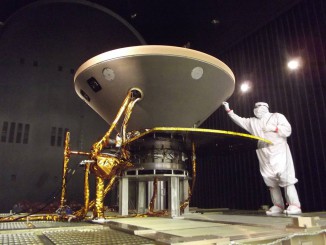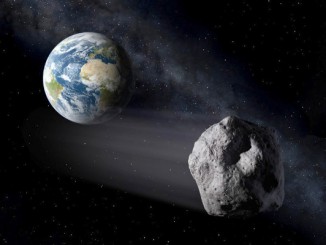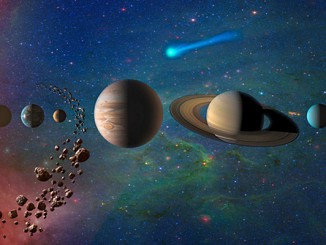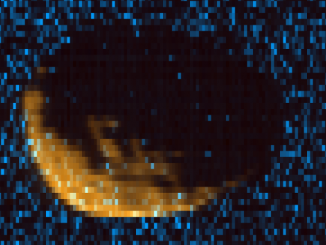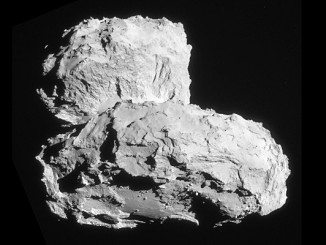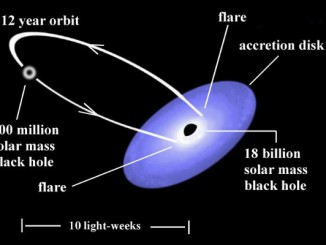
Clocking the rotation rate of a supermassive black hole
A recent observational campaign involving more than two dozen optical telescopes and NASA’s space-based SWIFT X-ray telescope allowed a team of astronomers to measure very accurately the rotational rate of one of the most massive black holes in the universe. The black hole powers a quasar called OJ 287 which lies about 3.5 billion light-years away from Earth.

